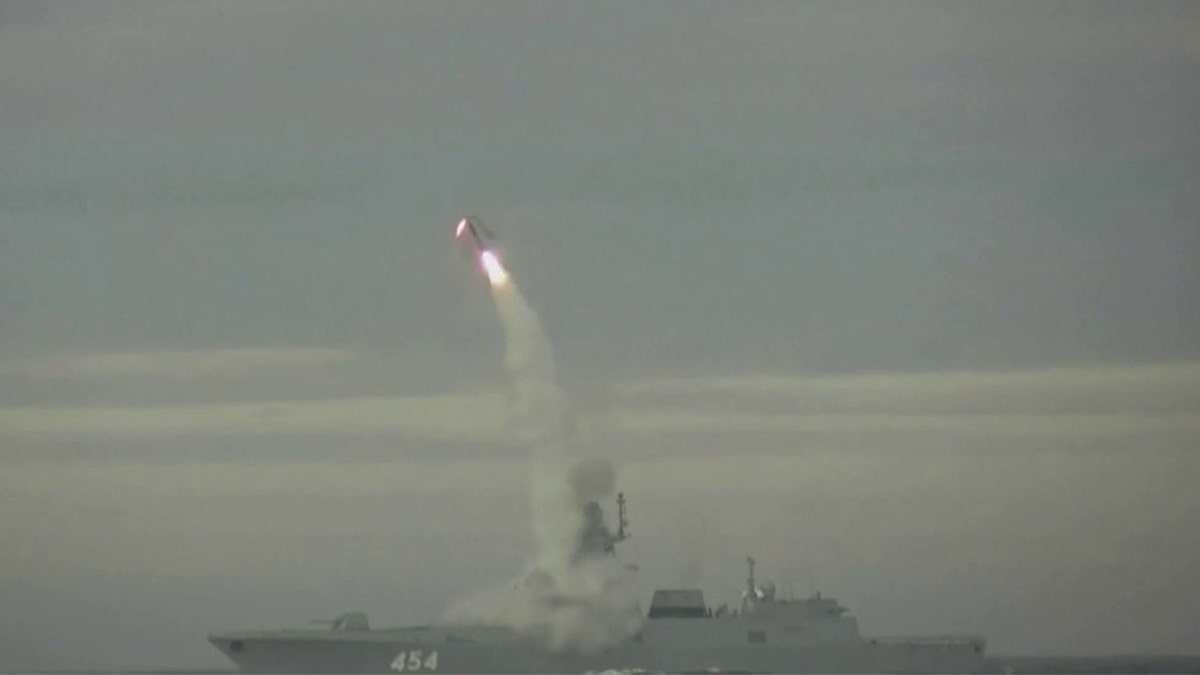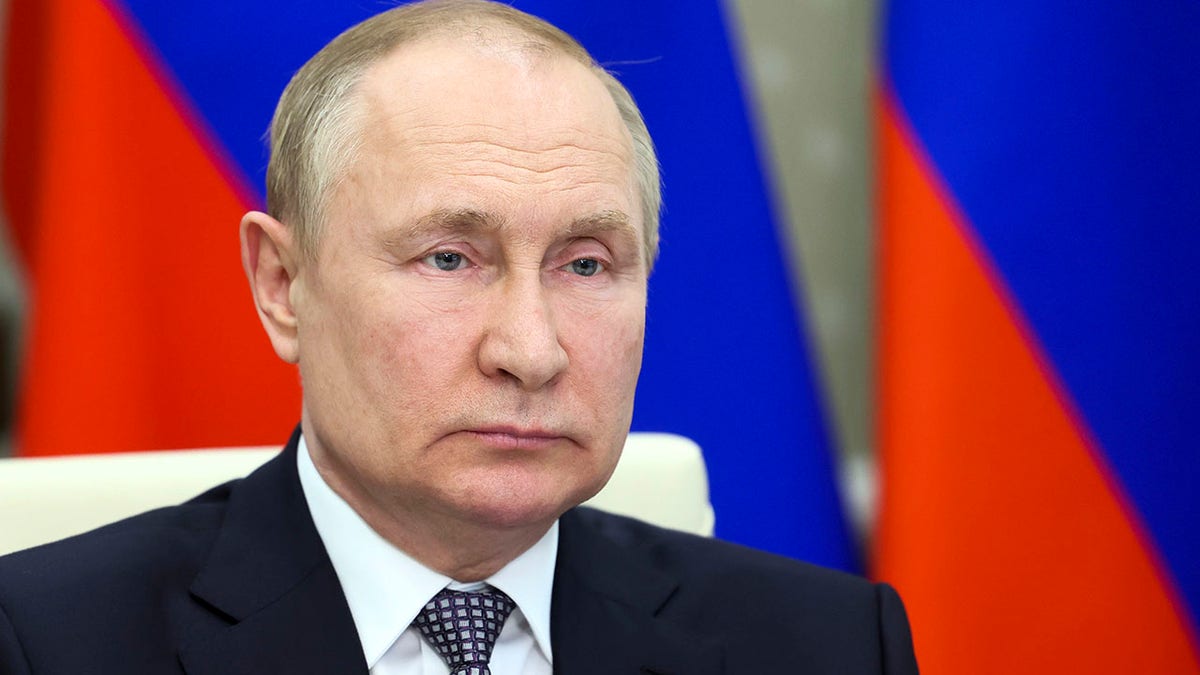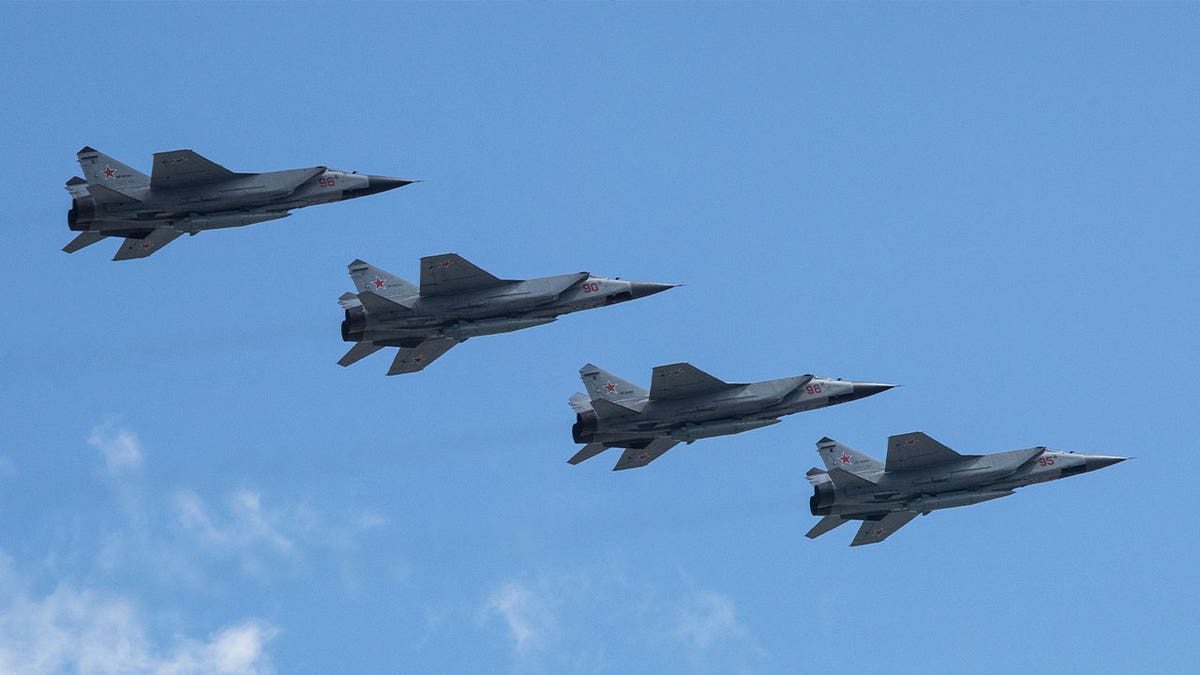Former President Trump envisioned bolstering America's aerial defenses with a state-of-the-art missile defense system, reminiscent of Israel's Iron Dome. He signed an executive order directing then-Defense Secretary Pete Hegseth to formulate a comprehensive plan for this "Iron Dome for America." This initiative aimed to safeguard the nation against potential missile threats from adversaries.
A Shield Inspired by Israel

Israel's Iron Dome, developed by Rafael Advanced Defense Systems, has demonstrated remarkable effectiveness in intercepting short-range rockets fired from Gaza and other locations. Its success rate is estimated at around 90%, providing a vital layer of protection for Israeli citizens. The U.S. has invested substantially in the Iron Dome's development, contributing over $2.6 billion since 2011.
Addressing Evolving Threats

While the Iron Dome excels at countering short-range projectiles, the U.S. faces a broader spectrum of threats, including long-range ballistic, hypersonic, and cruise missiles. These advanced weapons, possessed by nations like Russia, China, and North Korea, pose a significant challenge to existing defense systems. The proposed "Iron Dome for America" would need to address these more complex and faster-moving threats.
Reagan's Vision, Revisited

President Reagan's Strategic Defense Initiative (SDI), often dubbed "Star Wars," envisioned a space-based shield against ballistic missiles. While SDI was ultimately discontinued, it laid the groundwork for future missile defense technologies, including aspects of the Iron Dome. Trump's initiative can be seen as a renewed effort to establish a robust national missile defense system, building upon earlier concepts.
Hegseth's Mandate

Trump's executive order tasked Hegseth with developing a detailed plan for the next-generation missile defense system. This included defining the system's architecture, outlining required capabilities, and formulating an implementation strategy. The plan also encompassed accelerating the deployment of the Hypersonic Ballistic Tracking Space Sensor, a satellite-based system designed to track missile trajectories from launch to interception. Furthermore, it called for exploring space-based interception technologies and establishing a secure domestic supply chain for the system's components.
Global Collaboration
Recognizing the global nature of missile threats, Trump's order emphasized the importance of international cooperation. It directed increased collaboration with allies on missile defense technology, capabilities, and operations. This included sharing U.S. missile defense capabilities with partners and conducting a review of global missile defense posture to identify areas for joint efforts.








